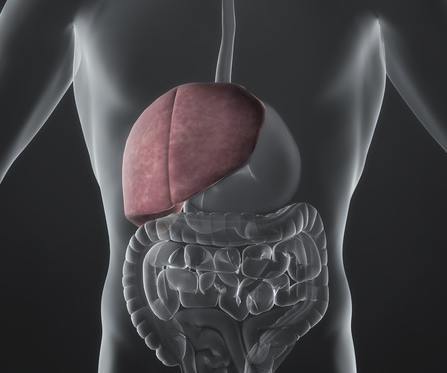[box]Ebola has been the hot topic in World Health in 2014, as the outbreak subsides, it is important to understand the impact it had on our world. This Ebola Infographic does a great job outlining some of the important effects it had on our world.[/box]

Discussing the Ebola Infographic
The Ebola disease was first discovered in 1976 in West Africa and is named after the Ebola river which runs near the village of Yambuku in the Democratic Republic of Congo.
Ebola attacks the internal organs of humans and is highly infectious. It is however only transmitted through direct contact i.e. it is not an airborne disease.
2014 Outbreak
In March 2014, we saw the first outbreak of the disease occurring in the country of Guinea in West Africa. The disease spread quickly around these West African countries of Sierra Leone, Guinea and Liberia. Healthcare workers came from various international aid agencies to help in the fight against the disease.
This instance of the disease has seen it spread from the continent of Africa into other world continents but it has largely remained contained in those parts. There is no known cure for Ebola but scientists and researchers are working on remedying this. There has been much critique of the lack of a cure or dedicated medication to treat Ebola. Some have said that this is due to the fact that the disease is primarily an issue in Africa where wealth and influence in terms of pharmaceuticals is poor. Research for medication is costly and many say that the pharmaceutical industry has chosen to not make this a priority due to outside influences. However, a focus on finding a cure and supporting medication now seems to be a bigger priority.
Treating Ebola
People infected with Ebola must be treated in strict isolation and quarantine. Strict guidelines have been set out by the World Health Organisation on protective clothing. This has been further updated as the months have passed as further studies into how the disease spreads came to light. Patients should be given regular fluids in order to prevent dehydration and carefully (but safely) monitored. Critics of the current outbreak actually point to this area (quarantine and isolation) as being a large contributory factor in the initial lack of containment of the disease.
This info-graphic from Study Medicine Europe examines the effect Ebola has had on certain parts of West Africa. It looks at the background to the disease, it examines the numbers involved, the financial implications etc. It also shows some expert opinion on the matter and covers some detail about how the disease can be contained.

